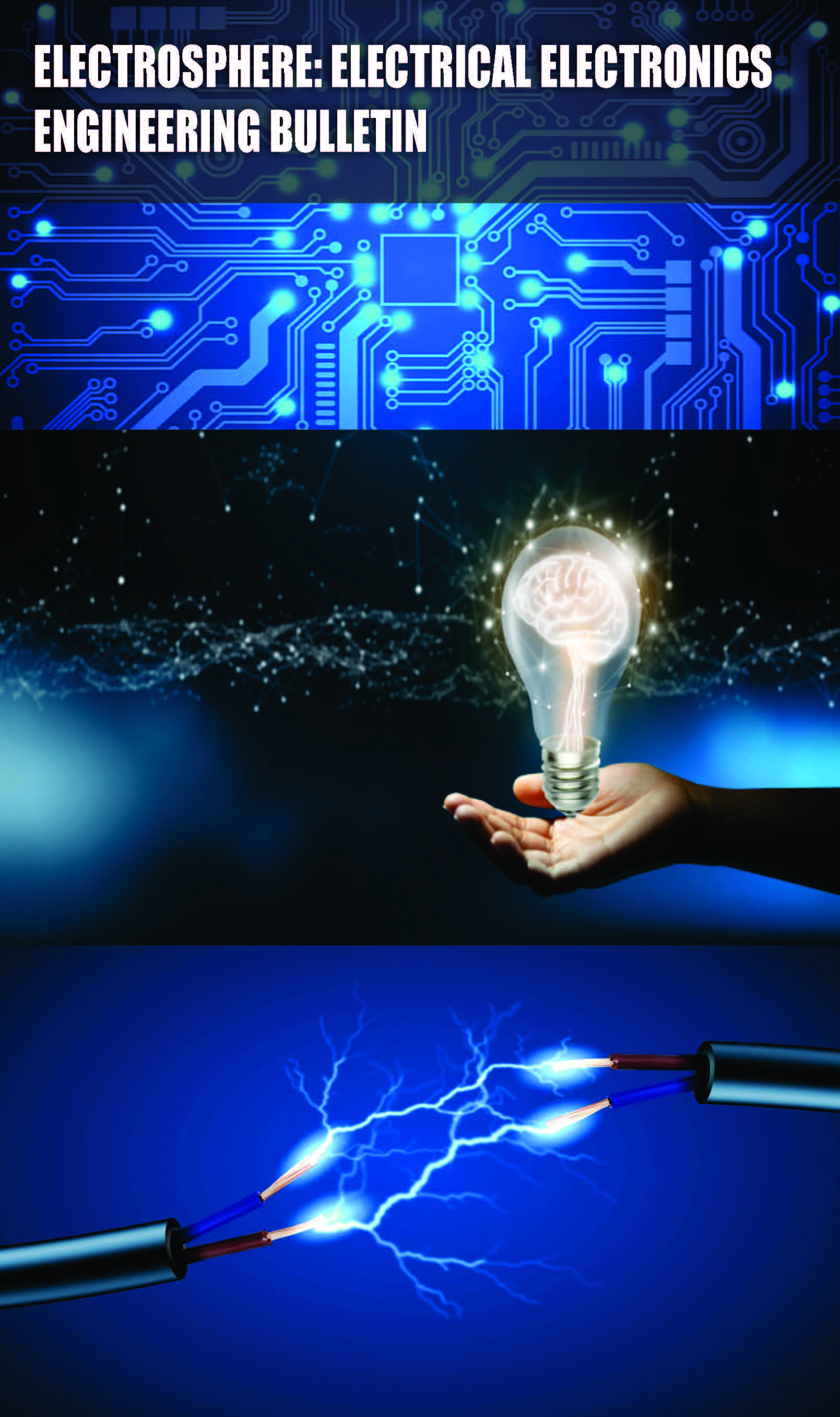ElectroSphere: Electrical Electronics Engineering Bulletin
Bone Fracture Detection from X-ray Images Using a Convolutional Neural Network (CNN)
Abstract
Sultan Mamun, Sadek Hossain Khuka, Md Hasan Ali Sheikh and Arbab Bashir
Bone fractures are common injuries that require quick and accurate diagnosis to provide the right medical care. The “convolutional neural network” technique relies mostly on manual inspection by radiologists and can be laborious and prone to error. The objective of this work was to increase the efficiency and accuracy of fracture identification by automating the examination of X-ray images using convolutional neural networks. A “Convolutional neural networks” model created to detect bone fractures in X-ray images was used in the present study. The model was trained and validated using an extensive dataset of X-ray images, which included both fractured and non-fractured bones. The main measures used to assess the model’s performance were sensitivity, specificity, and accuracy. With significant gains in sensitivity and specificity, this approach achieved a high accuracy rate and decreased the frequency of false positives and false negatives. We used “CNN” tool in PyTorch for bone fracture detection and we outlined the important considerations that must be considered when attempting to achieve this goal additionally, we contrasted every study with our baseline. All accuracies were close to 100%, for example, 99.83%, 99.78%, 99.82%, and 99.78% for epochs 26, 25, 14, and 49, respectively. Our method improves patient outcomes by ensuring faster and more reliable fracture diagnosis while also lessening the diagnostic burden on radiologists. Subsequent investigations will focus on incorporating this system into clinical procedures and utilization in real-time emergency situations. Since there was no medical intervention on human subjects in this investigation, trial registration regulations weren’t applied.

